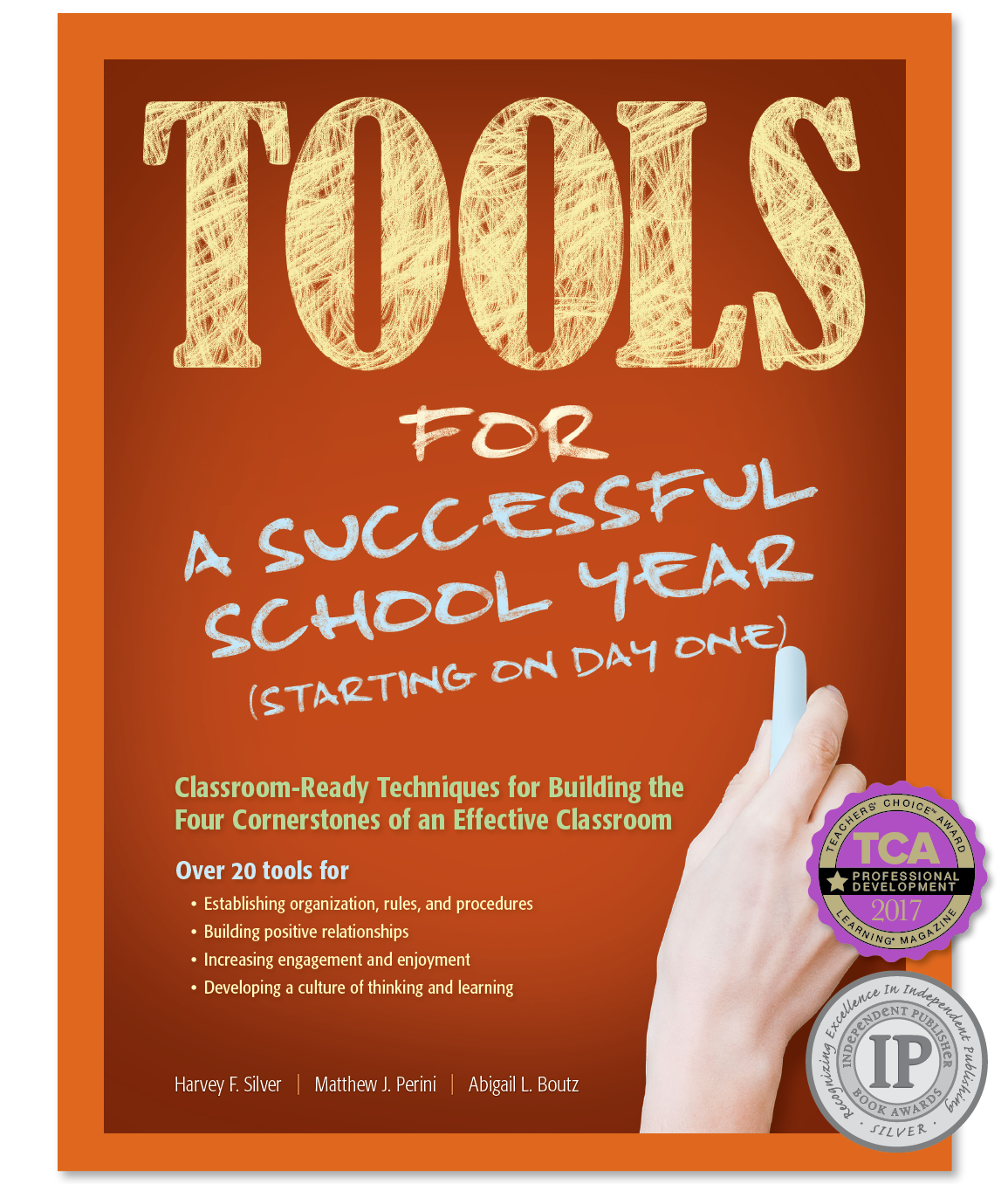Stepping Back to Move Forward: How to Ensure Deep Learning in Challenging Times
| by Harvey F. Silver | January 18, 2022 |
Do you know the feeling of being stuck in the mud? Wheels spinning, can’t get any traction, unable to move forward . . .
The reason I ask is because I recently had a conversation with an educator who shared that this is how she’s been feeling all year long.
And she’s not alone. Many educators have told me that this year has been even more challenging than last year, when they had to abruptly shift from teaching in person to teaching online.
Clearly, the expectation that things would be “returning to normal” in September was misguided. But why? Why has this year been more challenging than expected for so many educators?
For one thing, many students have been out of school for over a year and have lost touch with what I call “the school gene.” Expectations inside the classroom are very different from what students became accustomed to at home, and some have simply forgotten what being in school entails. It’s even harder with first graders, many of whom never set foot in a kindergarten classroom, and never had the chance to build a school mindset in the first place.
But there are many other challenges as well—veteran teachers retiring, social-distancing requirements, disruptions when teachers or students are quarantined, learning gaps that have been widened by time at home. I could go on and on.
With all these roadblocks in their way, it’s no wonder that so many educators feel like they’re struggling to move forward. Yet if we look back at our stuck-in-the-mud analogy, I believe it maps out a path for getting going again. When we’re stuck in the mud, frantically stepping on the gas doesn’t help. We often need to rock back before we can move forward. And stepping back is exactly what I believe we need to do to respond to this year’s challenges.
With all these roadblocks in their way, it’s no wonder that so many educators feel like they’re struggling to move forward. Yet if we look back at our stuck-in-the-mud analogy, I believe it maps out a path for getting going again.
Instead of pushing more content and new initiatives, we need to step back and focus on building a solid foundation for learning—the kind of foundation that will enable our students to thrive under even the most challenging of circumstances. Building such a foundation will help our students succeed not only academically, but socially and emotionally as well.
What does it take to build this kind of foundation?
Years of research and experience have taught us that effective learning environments share four common features:
- Rules and procedures that support successful, self-directed learning
- Positive relationships among teachers and students
- A culture that encourages deep thinking and learning
- Lessons that promote student engagement and enjoyment
We call these features “cornerstones” because they’re critical components of a successful classroom culture. And with the challenges today’s educators are facing, putting these cornerstones in place is more important than ever. As our friend Robert Wilson, an educator for 27 years and principal of Cherokee Bluff Middle School, shares in the heartfelt video below, “This has certainly been one of the toughest school years. We’ve got to get back to what we know works.”
This is why we’ve been working with our partner schools to make reinforcing these cornerstones a manageable priority. We have seen the impact that this focus on cornerstones can have on teachers, students, and the entire school culture. And we believe that there really is no better or more effective way to regain traction and move forward again with renewed energy.
Harvey Silver is the co-founder and president of Silver Strong & Associates and Thoughtful Education Press. To contact Harvey email him at TrHarvey@thoughtfulclassroom.



